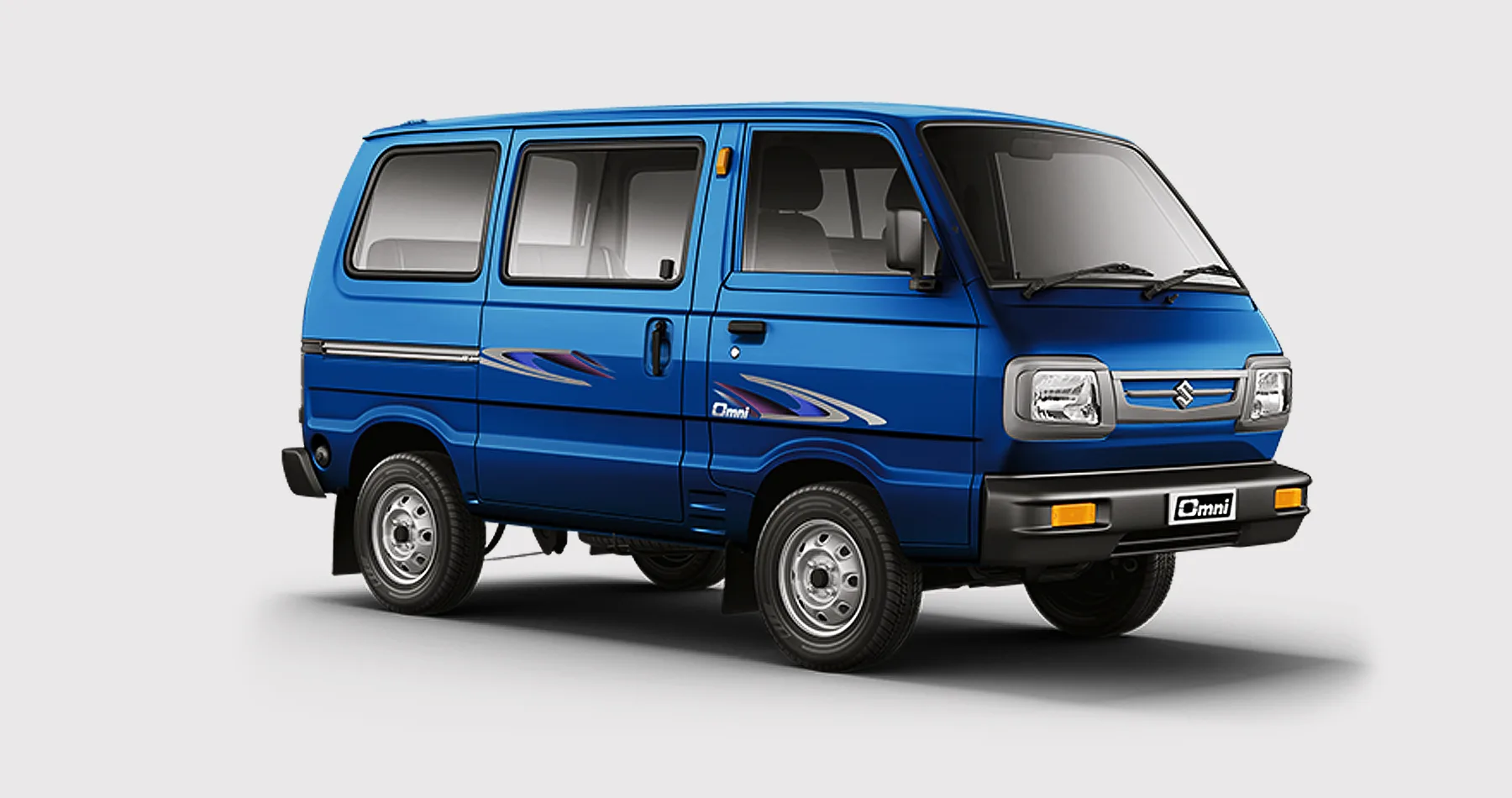Maruti Suzuki, a dominant force in the Indian automotive market, made waves with its diverse portfolio of vehicles, catering to a wide range of consumers. One of the vehicles that carved its niche over the years was the Maruti Suzuki Omni Van. However, in a surprising move, the company decided to discontinue the production of the Omni Van.
Why did Maruti Suzuki discontinue the Omni van? Reasons They Pull the Plug on the Iconic Omni Van
Below are the main and core reasons why Maruti Suzuki discontinued the Omni van.
Crash Safety Regulations
One significant factor contributing to the discontinuation of the Omni Van was the evolving safety standards. As global automotive safety norms became more stringent, manufacturers faced the challenge of ensuring that their vehicles met the requisite crash safety standards. The absence of modern safety features and structural enhancements made it challenging for the Omni to align with the latest safety benchmarks.
Emission Standards Compliance
The automotive industry witnessed a shift towards more stringent emission norms. Adapting the aging design of the Omni to comply with these emission standards would have required significant modifications, making it economically unviable for Maruti Suzuki.
Shift Towards Modern Designs
However, evolving consumer preferences signaled a shift towards more contemporary and stylish designs in the automotive landscape. Consumers, especially in the urban market, were increasingly inclined towards vehicles that offered practicality and boasted modern aesthetics and features. The Omni’s design, which remained unchanged over the years, became less appealing to a seeking a more sophisticated driving experience.
Preference for Compact SUVs and MPVs
The popularity of compact SUVs (Sports Utility Vehicles) and MPVs (Multi-Purpose Vehicles) further influenced consumer choices. The vehicles, often equipped with modern features, enhanced safety, and stylish designs, became the preferred choice for families and urban commuters. The Omni, a compact van with limited interior space and outdated features, struggled to compete with the evolving demands of consumers who sought versatility without compromising style and comfort.
Introduction of Newer Models
The automotive industry is highly competitive, and new models with advanced features and technologies are constant. Discontinuing the Omni allowed the company to reallocate resources and focus on newer models aligned with contemporary trends. The introduction of models such as the Maruti Suzuki Ertiga and Vitara Brezza reflected the company’s strategy to offer vehicles that catered to a diverse and evolving market.
Challenges in Positioning
Positioning the Omni against more modern and feature-rich competitors proved to be a challenging task for Maruti Suzuki. The auto and its utilitarian roots faced difficulties in appealing to a broad spectrum of consumers who were increasingly discerning about factors like design, safety, and technology. The decision to discontinue Omni allowed Maruti Suzuki to streamline its product offerings and concentrate on models that could better address the dynamic preferences of the market.
Aging Production Facilities
The Omni, having been in production for an extended period, was associated with aging production facilities. Adapting these facilities to accommodate the necessary changes for compliance with modern safety and emission standards would have entailed a substantial investment. Maruti Suzuki, the cost implications, likely deemed it more pragmatic to channel resources towards newer models and technologies.
Optimizing Production Lines
As automotive technology advanced, the manufacturing processes associated with newer models often incorporated more streamlined and efficient practices. Shifting focus away from Omni allowed Maruti Suzuki to modernize and optimize its production lines, ensuring that the manufacturing facilities were better equipped to meet the demands of a rapidly evolving industry.
Conclusion
The evolving safety and emission standards, changing consumer preferences, fierce competition in the market, and infrastructure considerations collectively contributed to this decision. While the Omni held a special place in the hearts of many for its long-standing service as a versatile and affordable people carrier, the realities of an ever-changing automotive landscape necessitated a shift in focus for Maruti Suzuki.
The discontinuation of the Omni was not merely an end to an era but a step towards embracing innovation and meeting the expectations of a new generation of car buyers. As Maruti Suzuki continues to introduce new models and technologies, the legacy of the Omni Van remains embedded in the memories of those who experienced its practicality and simplicity over the years.
READ MORE :
- All About Aston Martin Cars
- Audi e tron Review
- Bently Continental GT price in India
- BMW X1 Price in India
- Brezza 2022 Launch date in India
- Why Bugatti Is So Expensive?
- Best car dealers in Dubai
- Concorde Motors Kochi
- Honda Showroom Kochi
- Indus Motors Thevara
- KIA DEALERS IN PUNE
- Lamborgini Showroom in India
- Nippon Toyota Kalamassery
- Rolls Royce Showroom in India
- Sai Service Pathadipalam
- Top 10 Car Showrooms Kottayam,
- Top 5 Car Showrooms Trivandrum
- BREZZA 2022 vs TATA NEXON
- Citroen C3 price in India
- 2021 Chevrolet corvette vs Mustang Shelby GT50
- Is Mercedes-Benz better than BMW?
- EcoSport Price in Kerala
- Upcoming Ford cars in India –
- Alcazar
- Cars price in India
- Hyundai Creta
- i20 Price in Kerala on-road
- venue price in India
- KIA Carens price in India on road
- Carnival 2021 India
- KIA Cars on road price in India
- seltos price in Kerala
- Kia sonet price in Kerala
- Landrover Range rover Evoque review
- Mahindra Bolero Neo
